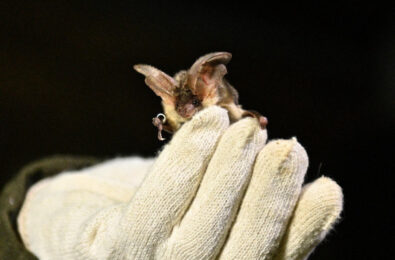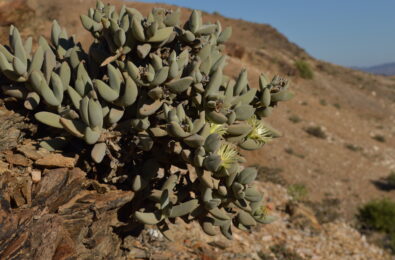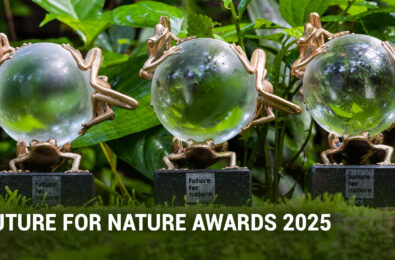Effectively Protecting Elephants

To successfully protect wild species and their habitat, it is important to understand how effective existing or new conservation management measures are. Lucy King (winner 2013) and her colleagues at Save the Elephants have studied how effective two specific human-elephant conflict mitigation measures are. Human-wildlife conflict is increasing across many parts of Asia and Africa, and there is a need for suitable strategies to mitigate these conflicts. This will not only aid in safeguarding local wildlife, but also help local people protect themselves and their livelihoods.
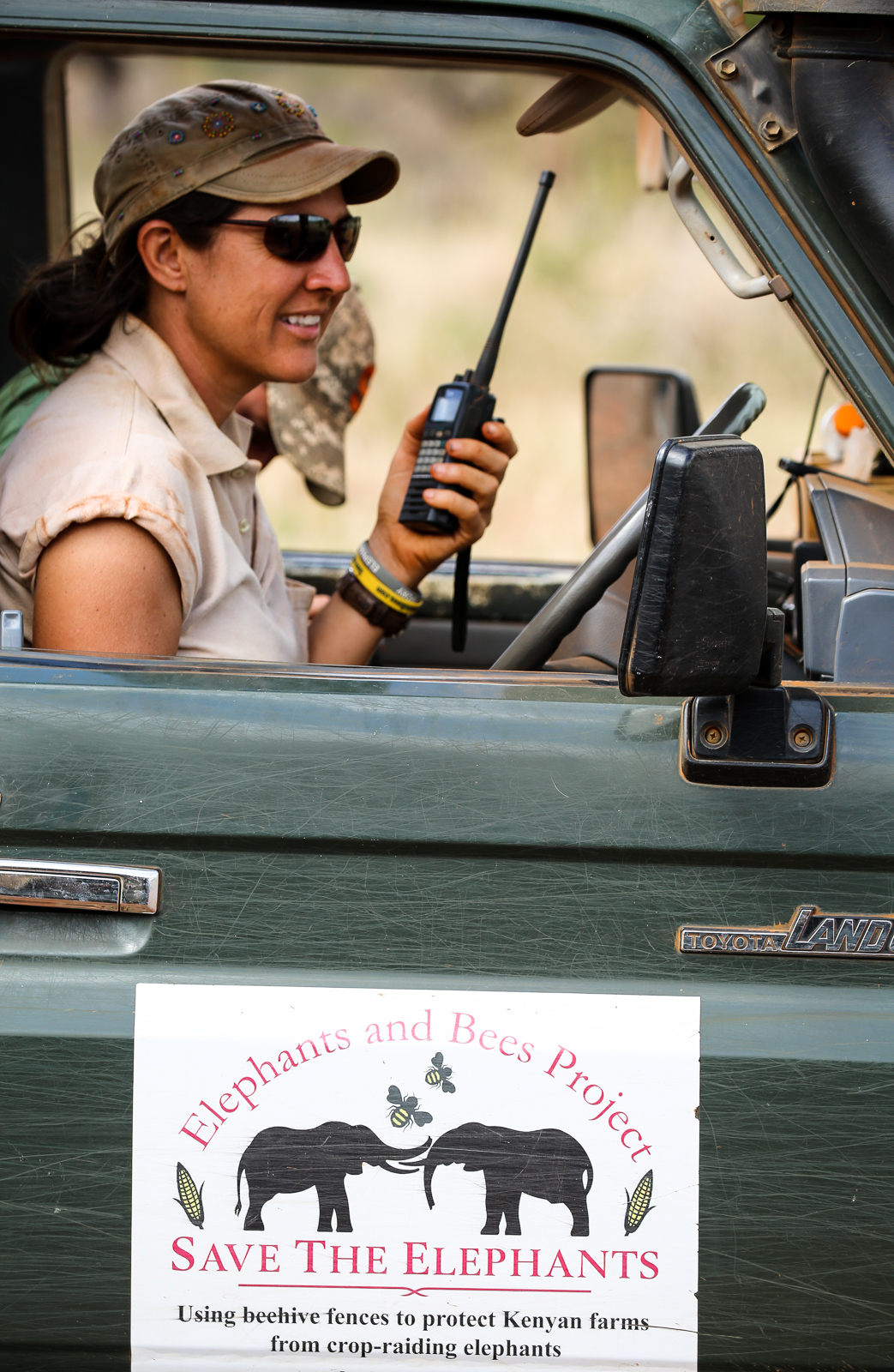 |
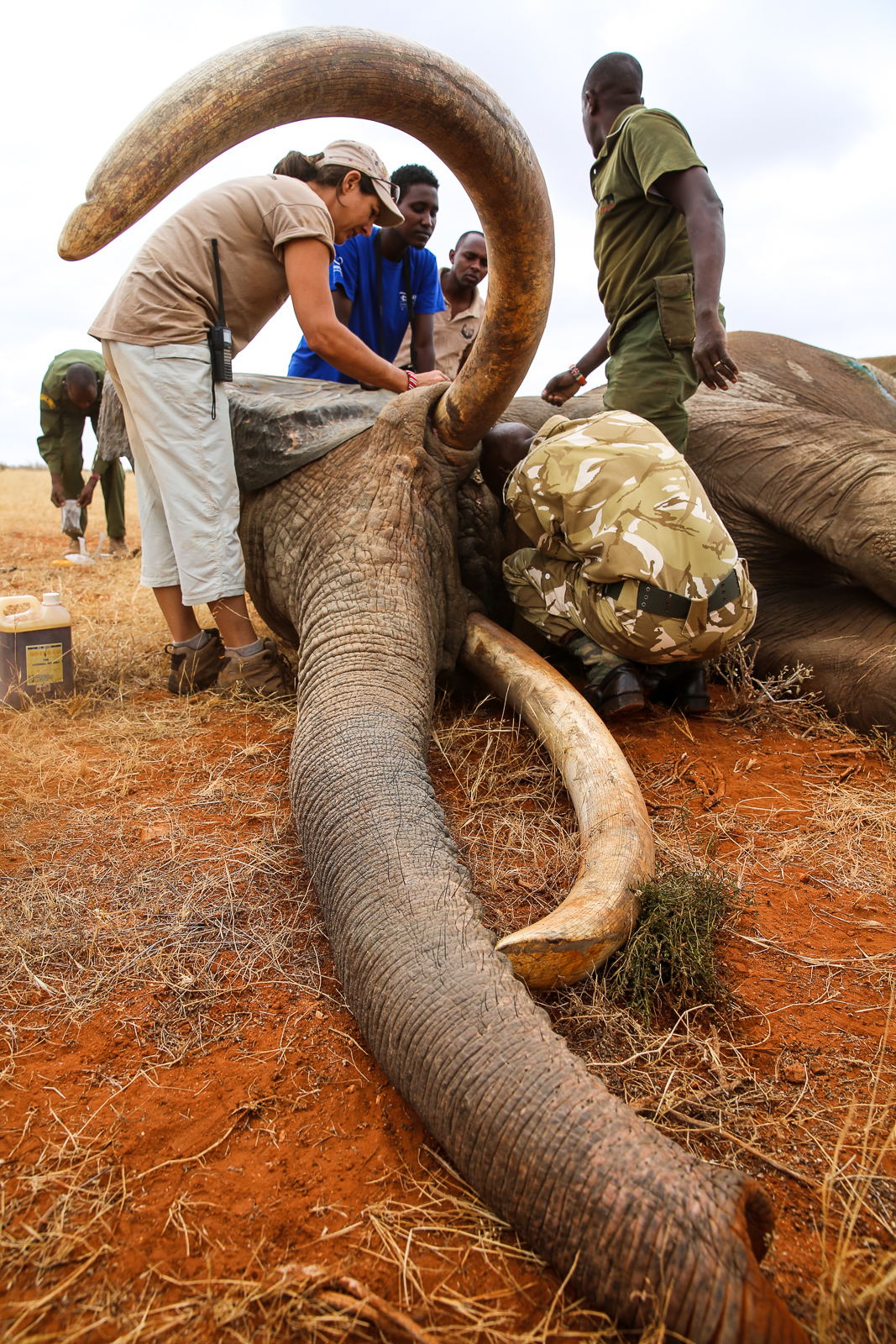 |
Moving Problematic Elephants
Some natural areas have so called ‘problem’ elephants, individual elephants that are responsible for the majority of the human-elephant conflicts. These elephants are the ones breaking fences, raiding crops and injuring humans, while the rest of the herd stays out of the way. To minimise human-elephant conflicts and solve the problems only specific elephants create, translocation (the deliberate movement of wild animals to another area) of individual elephants is sometimes seen as the only (non-lethal) option.
In 2018 five African elephants were translocated from Northern Kenya to Tsavo West National Park. These five elephants were ‘problem’ elephants, with a known history of raiding crops and breaking fences (despite having their trunks trimmed as an initial solution). Lucy and her team took this opportunity to fit the elephant with trackers and study how their behaviour was impacted by this move and whether translocating is a successful human-wildlife conflict mitigation tool.
Lucy and her team tracked the elephants for about a year. Unfortunately, during this time three of the five translocated elephants were illegally killed, a grim part of reality in wildlife conservation research. The remaining two elephants showed opposite behaviours, where one continued with his old habits of causing conflict in the farming community, and the other adapting well and not causing any trouble during the study year.
It seems from this study that translocating elephants may not be the most effective solutions for mitigating human-elephant conflict caused by problem elephants. Future translocations should consider careful planning with a solid scientific foundation, considering factors such as elephant social systems, habitat suitability and proximity to potential human-elephant conflict sites. However, the researchers suggest preventing individuals from becoming problem elephants would be a more effective solution in the long term.
Smelly Elephant Repellent
Crop raiding by elephants is one of the most widespread forms of human-elephant conflict. Farmers can suffer from substantial crop losses, impacting their yields and income. In order to help local farmers protect their land and simultaneously safeguard elephants from potential retaliative actions, Lucy and her colleagues looked into deterring elephants using smelly repellents.
To create this smelly repellent, a combination of chili, garlic, ginger, cooking oil, eggs, neem leaves and dung was used. Elephants have very sensitive trunks and chili can cause irritation to elephants’ eyes and nose. The mixture also has a very foul smell in general, which could keep the elephants away and might mask the smell of the food crops. After pounding and cooking all the ingredients, the concoction is left to mature for about a month. Farmers in the study area were then asked to either spray the crops with the mixture or hang it in bottles on the edge of their land.
 |
 |
And the results are in. This easy elephant repellent seems to be a great way to deter elephants from tasty crops. Around 60-80% of elephant crop raiding incidents were successfully deterred using the smelly substance and sites without the deterrent endured more crop raids. The farmers were also very positive about the repellent and acknowledged it to be an effective method to deter the elephants from their crops.
An unintended additional benefit is that the repellent seemed to be both an organic pesticide and fertiliser. Besides, the repellent is cheap and easily sourced in most places, especially compared to other deterrents such as electric fences. These factors contribute to a positive attitude towards the repellent and added incentive to using it, which is crucial for it to become an effective human-elephant mitigator. All in all, the smelly elephant repellent has great potential to become a helpful crop raiding mitigation tool for farmers.
These two human-elephant conflict mitigation strategies Lucy and her colleagues studied had two different results. One explored a well-recognized but seemingly not very effective solution, whereas the other method was new and successful. Together, they highlight the importance of monitoring conservation management strategies and evidence-based conservation. These studies can now help inform other nature conservationist in making the right decision for their human-elephant conflict issues and will not have to reinvent the wheel.
All photo credits go to Save the Elephants








